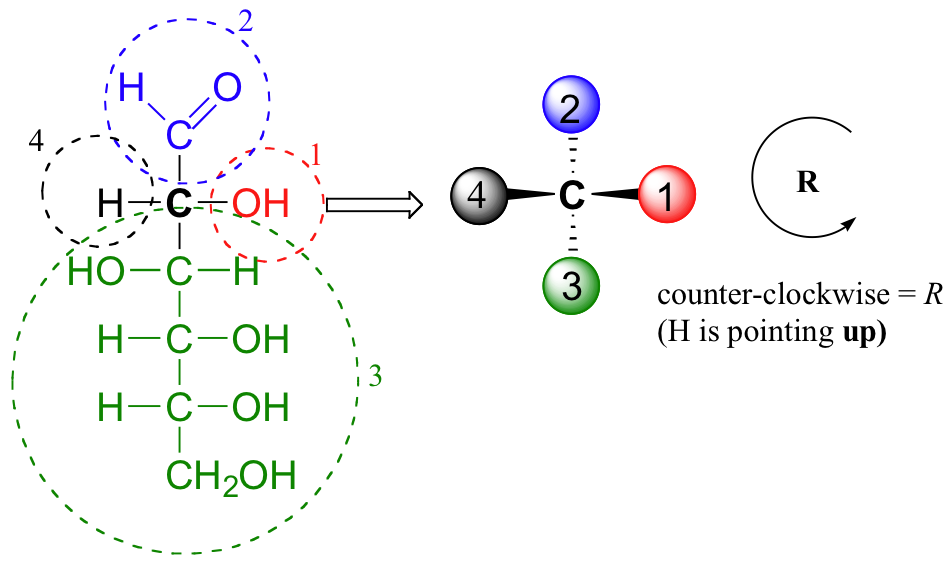Today, we learned all about dilutions! Yay!
When two solutions are mix together, the concentration of the final solution changes. Dilution is the process of decreasing the concentration by adding a solvent (usually water). The amount of solute, which is the chemical that is present in lesser amounts, does not change. As you can see below, the number of moles (n) of solute doesn’t change. Therefore, n1 = n2.
Because concentration is in mol/L, we can write concentration as n/V, where n is the number of moles and V is the volume. We can rearrange this to get n = CV, where C is concentration. This equation is equal to C1V1 = C2V2.
Know that you know that formula, we can dive into some examples. This is literally all you need to know to be able to calculate dilutions!
Ex.) Determine the concentration when 200 mL of 0.20 M HCl is diluted to a final volume of 400 mL.
We can start this problem by writing out everything we know.
C1 = 0.20 M
V1 = 200 mL
C2 = ?
V2 = 400 mL
Next, we simply solve the equation using C1V1 = C2V2.
C1V1 = C2V2
(C1V1)/ V2= C2
((0.20)(200 mL))/400 mL = C2
0.10 M = C2
Ta-da! Easy, right?
Ex.) 300 mL of 0.500 M Sodium nitrate is mixed with 400 mL of 0.100 M Sodium nitrate. Determine the final [NaNO3].
You may not know what to do here, since you have been told C1, V1, C2 and V2. Of course, things become easier when we list what we know.
C1 = 0.500 M
V1 = 300 mL
C2 = 0.100 M
V2 = 400 mL
Now, we need to find the final concentration of the solution. To do this, we add the volumes together. We also calculate the moles in both concentrations and add those together. With our total number of moles and total volume, we can divide ‘em to get concentration!
Vtot = 300 mL + 400 mL
Vtot = 700 mL
0.300 L x (0.500 mol/L) = 0.15 mol NaNO3
0.400 L x (0.100 mol/L) = 0.04 mol NaNO3
moltot = 0.15 mol + 0.04 mol
moltot = 0.19 mol
0.19 mol x 0.7L = 0.133 M NaNO3
Ex.) When 75.0 mL of water is added to a 2.00 M solution of NaCl the resulting solution has a concentration of 0.850 M. Determine the initial volume of the solution.
C1 = 2.00 M
V1 = ?
C2 = 0.850 M
V2 = V1 + 75.0 mL
Oh, no! This question is more complex! But, how do we solve it?
That’s right: math! We know that we added 75.0 mL to V1, so our V2 would actually be (V1 + 75.0). Observe:
C1V1 = C2V2
(2.00) V1 = (0.850)V1 + 75.0
2V1 = 0.850V1 + 63.75
(1.15V1)/1.15 = 63.75/1.15
V1 = 55.4 mL
Wasn’t that fun, kids? Join us next class when we perform a lab.
As always, the obligatory video:
Posted by Michael.













